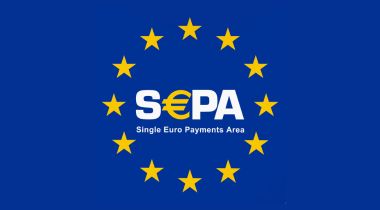The Danish e-commerce market is booming. Not only does online shopping account for 11% of all retail spending – a figure comparable with much larger Germany – but consumers in Denmark are, on average, the highest spenders in Europe. And with the country heavily reliant on cross-border trade, it is expected to see rapid recovery from the pandemic with its GDP predicted to expand by 2.8% in 2021 and 2.9% in 2022.
Internet penetration in Denmark is high, at 97% of its population, but many domestic goods and services are expensive compared with other parts of Europe, resulting in a massive 80% of Denmark’s imports coming from other European countries. Trade with its European neighbours – despite not using the Euro – is relatively frictionless due to Denmark being based in the SEPA zone. However, because Denmark uses the Danish Krone as its currency, the time and cost associated with sending and receiving cross-border payments remains an issue for many merchants. Payments businesses and Banks are still dependent on outdated correspondent banking networks, making it a less appealing market for their global e-commerce clients to serve.
The new P27 initiative aims to bring together a fragmented payments infrastructure in the Nordic region with Denmark and Sweden being the first enabling a unified batch infrastructure to be carried out quickly and securely on a single platform. However, while this will resolve issues with legacy infrastructure between these countries, where trade between markets is already well established, to truly make the most of its population’s appetite for cross-border trade, those wishing to trade with Denmark still face challenges.
According to an analysis by J.P. Morgan, in 2020 more than half of Danish shoppers (55%) made a purchase cross-border, accounting for 22% of the entire e-commerce market. With China, the UK, Germany and The Netherlands making up a high proportion of the imports, it’s crucial that PSPs and Banks based in these countries and others are able to provide the payment infrastructure required to support their underlying e-commerce clients.
How can Payments businesses and Banks support merchants that want to sell in Denmark?
Fortunately, there are now ways that businesses based outside of Denmark can bypass slow, costly, and outdated correspondent banking networks. As a modern payments bank building a local clearing network for major currencies, Banking Circle has recently added direct clearing capabilities for the Danish Krone. By connecting to Denmark’s national intraday payment system, we are reducing friction for Payments businesses and Banks by giving them access to faster, cheaper collections.
In addition, through the Banking Circle Payments On Behalf of (POBO) and Collections On Behalf Of (COBO) solution, our clients can offer their customers payments in their own name rather than that of the Financial Institution used to send the payment. This allows for scaling of accounts, while delivering faster on-boarding, improved payment infrastructures, more ownership of payments, and smoother reconciliation.
Find out more about our Local Payments solutions here.


